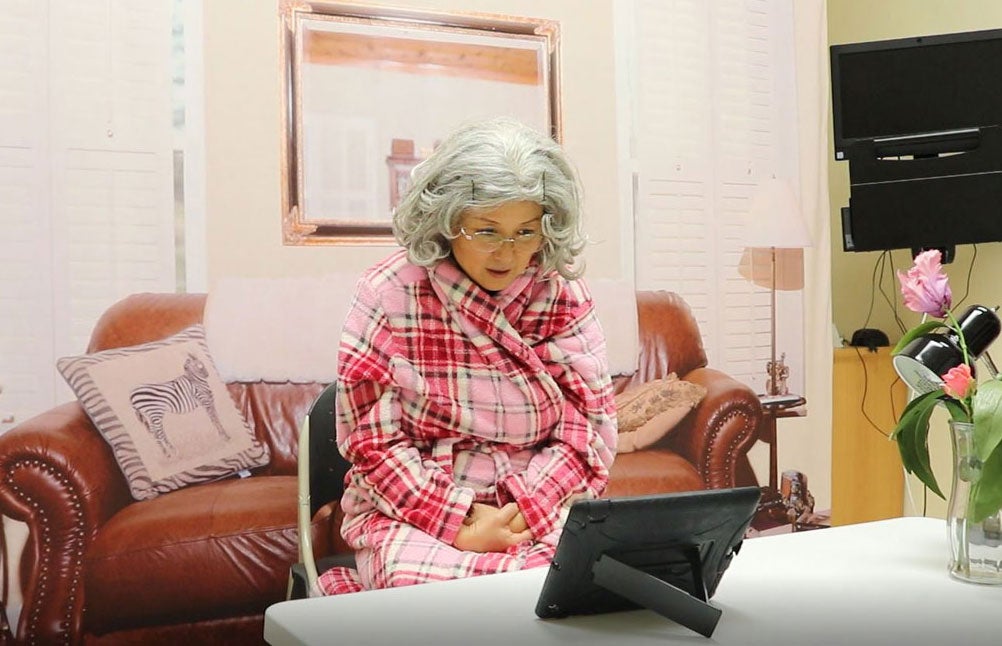What’s the best way to represent real life in healthcare simulations? Real people’s stories, of course.
Kelley Connor, the director of simulation education and research at the School of Nursing, wanted to create realistic simulations to help nursing students understand the relationship between someone’s health and everything else that goes on in their life.
So she launched what’s now known as the Patient Voice Project.
For the project, Connor and her research team interviewed seven different people about their full 360-degree story, not just their medical history. They condensed the information and changed details (like names and ages) to protect the privacy of the real people behind the stories.
Then, the interviews became the basis for fictional patients that students meet in simulated scenarios.
“The Patient Voice Project is about developing empathetic nurses by simulating the knowledge of a person over time,” said Connor. “It’s important for students to be able to see more of the bigger picture.”

As a student progresses through the two-and-a-half year pre-license program, they might see the same patient multiple times for different healthcare needs.
One such patient is Georgia Taylor.
“They see her in different settings so that they can develop empathy for what a person is going through and see the different issues that a person has when they interact with the healthcare setting,” said Connor.
Through these scenarios, students learn that a patient’s care is not just about their medications; it’s about how they access them, how they take them, and how their care works into other aspects of their family and social lives.
The Patient Voice Project is just one way the Simulation Center prepares students to enter the workplace through innovative nursing education.
Inspired by this story? Let's chat!
-

Heather Jauregui
Senior Director of Development
-
